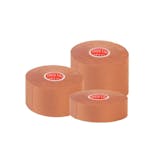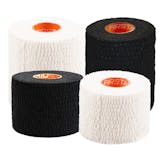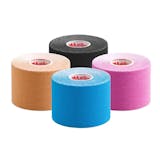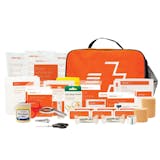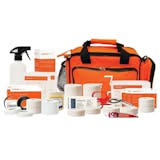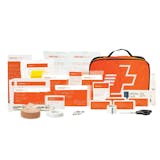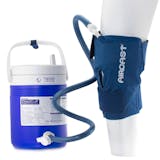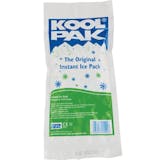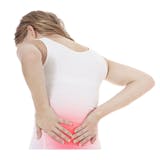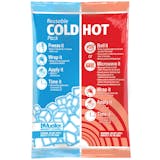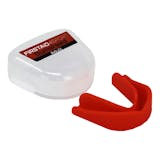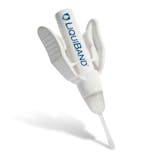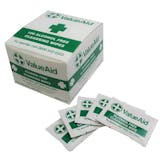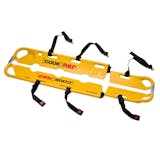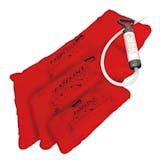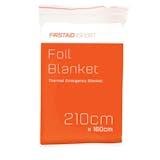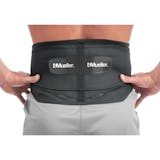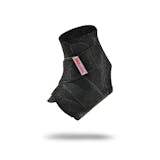Runners Knee
What is Runners Knee?
Runner’s knee occurs when the kneecap (patella) becomes out of alignment preventing it from smoothly sliding up and down the groove in the femur. Owing to its name, this injury is one of the most common amongst long-distance runners.Causes
- Overpronation
- Weakness or imbalance in the quadriceps
- Tightness in the hamstrings, calf muscles or IT band
- Poor footwear
- Poor running technique
Symptoms
- Pain and soreness behind and around the knee cap
- Pain when resuming activity
- Aching and stiffness
- Clicking sensation when bending the knee
Treatment
- RICE method
- Taping and strapping techniques
- Physiotherapy
- Good fitting running shoes
- Orthotic Insoles from a podiatrist


